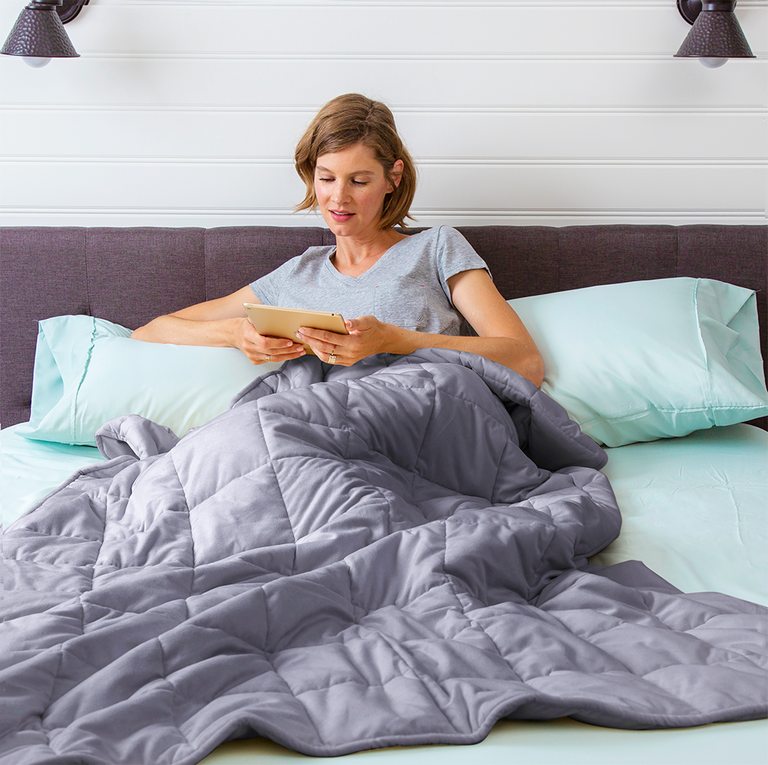Sugar is considered a pretty evil substance by some people. We associate it with weight gain, cellulite, tooth decay, and a host of chronic health problems. But the sweet stuff isn’t all bad when it’s used topically as an exfoliating body scrub. In fact, it can do wonders for your skin.
How is sugar good for your skin?
Sugar provides three important benefits when used in skin care products. Firstly, it’s a humectant, which means it draws moisture from the environment into your skin. Sugar based skincare products can therefore help keep your skin hydrated and retain moisture.
Secondly, sugar is a natural source of glycolic acid, which is derived from plant sugars. It penetrates the skin and breaks down the ‘glue’ that bonds skin cells together. This encourages the skin to shed dead cells and generate new ones. It literally helps your skin stay youthful. Glycolic acid is typically used to treat sun-damaged and ageing skin.
Thirdly, sugar’s small particles make an excellent topical exfoliant, and are used in a number of body scrubs to exfoliate dead surface skin cells and reveal fresh glowing, healthy-looking skin underneath.
What’s better, a sugar or salt scrub?
Salt and sugar scrubs are both widely available in beauty salons. But sugar scrubs have a few benefits over salt scrubs. For one, sugar granules are smaller than salt ones, meaning they’re gentler on the skin. Salt crystals can cause microscopic tears in the skin. Also, because of sugar’s natural humectants properties, sugar scrubs are more hydrating than salt scrubs, which can strip the skin of natural oils.
That’s not to say salt scrubs are bad. They’re great for removing thick, stubborn dead skin on the soles of the feet and elbows, for example.
In terms of which one to choose, it depends on the condition of your skin and its characteristics. If you’ve got sensitive or thin skin, you’ll want to avoid salt scrubs. Salt is more abrasive than sugar because the granules are larger, coarser, and have sharp edges. And due to the smaller grains and smooth edges, sugar is much gentler on the skin. You won’t emerge feeling like you’ve been rubbed down with sandpaper.
Choosing a scrub
Even if you opt for a gentler sugar scrub, bear in mind that the sensitivity of your skin can vary from one part of your body to another. So, if it’s your first time, think about the type of sugar used and where it’s being applied. For example, brown sugar is softer than granulated sugar, so is safe to use on your face and areas of sensitive skin. Raw sugar is naturally coarser, so is usually reserved for the body.
Do a small patch test if you aren’t sure how your skin will react.
DIY sugar scrub
You can make a simple sugar scrub at home using brown sugar, olive oil, and a few drops of your favourite essential oil for fragrance. Mix sugar, honey, and a few drops of lemon juice to hydrate, clarify, and exfoliate.
For optimal results, use your DIY topical sugar scrub twice a week.
Visit a professional beauty salon
But if you want to be sure you’re getting the maximum benefit from a sugar scrub, it’s worth visiting a professional therapist. At Castle Thai Spa, we offer a rejuvenating Thai Lime & Ginger Scrub treatment. Or you can do it yourself at home with our Thai Lime & Ginger Sugar Milky Body Scrub which uses refined sugar to exfoliate, enhance, smoothen and brighten your skin. The emollient-rich oils also help with hydration.
Source: www.castlethaispa.com








Leave A Comment
You must be logged in to post a comment.